Mazda's Enthusiast Howl
Hey you, you’re an “auto enthusiast,” right? You care about the “driving experience, yes”? Good, name a top-20 global automaker that sells one brand of cars globally, marketed specifically to enthusiasts.
Take your time answering, but there’s only one… and it has something very serious to say to you.
The Bailout Experience created a real shift in the auto industry’s communications with the public, especially among those automakers who were asking the public to keep them afloat. Existential angst brought a wave of sincerity, most notably from the most vulnerable bailout baby, Chrysler. The initial waves of insistent artlessness crashed against the rocks of American cynicism, the public having been well fed on aw-shucks, Americana-themed car ads for decades. Strangely, Chrysler and Ram brand advertising has continued to place a heavy emphasis on loyalty and sincerity (most notably with “ Imported From Detroit“), while Dodge ads have gone the exact opposite direction: towards slick insincerity.
In this new Mazda ad, the Zoom-Zoom brand’s sincerity signals what their sales numbers already tell us: they could be doing better. Unlike Chrysler, however, they’re not asking for a lender of last resort: they want enthusiasts to put their money where their mouth is. Mazda is a small company (slightly larger than Chrysler and Mitsubishi in global volume, as of 2009), and perhaps more importantly, it’s a one-brand outfit. At least in the US market, Mazda has staked its fate on the idea that “the drive matters,” a position widely espoused on the internet and elsewhere.
So ask not whom Mazda howls for, sweet internet enthusiasts, for it howls for you. If the joy of driving (to borrow a phrase) matters to you, why don’t you own a Mazda? Does the performance level not live up to the brand’s pro-enthusiast sincerity? Does sufficient performance come with too many compromises (say, I don’t know, styling)? Did other considerations take priority over pure driving pleasure? Apparently there are plenty of reasons not to buy a Mazda, so let’s hear ’em.
More by Edward Niedermeyer
Latest Car Reviews
Read moreLatest Product Reviews
Read moreRecent Comments
- Oberkanone The alternative is a more expensive SUV. Yes, it will be missed.
- Ajla I did like this one.
- Zerofoo No, I won't miss this Chevrolet Malibu. It's a completely forgettable car. Who in their right mind would choose this over a V8 powered charger at the rental counter? Even the V6 charger is a far better drive.
- Offbeat Oddity Nope, I won't miss it. I loved the 2008-2012 Malibu, but the subsequent generations couldn't hold a candle to it. I think the Impala was much more compelling at the end.
- Zerofoo An almost 5000 pound hot hatch that fell out of the ugly tree and hit every branch on the way down? No thanks.


















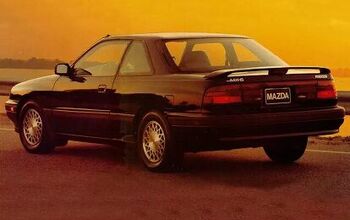
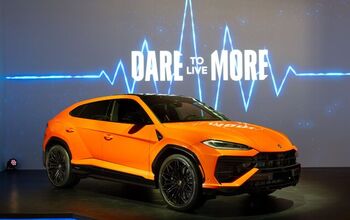
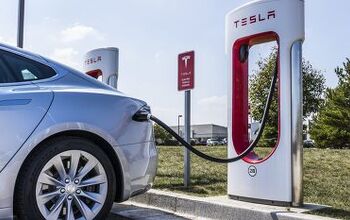
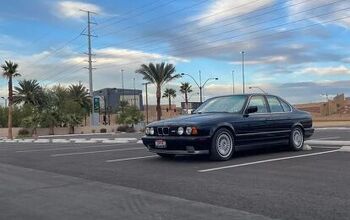
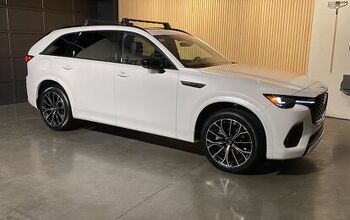
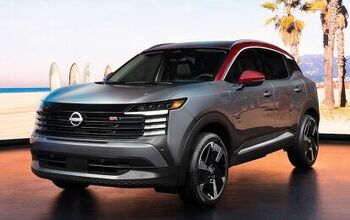
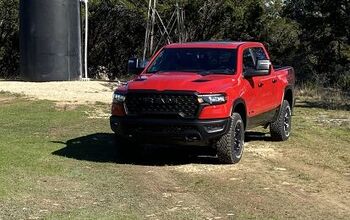
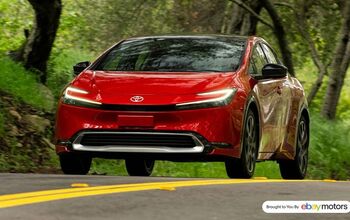
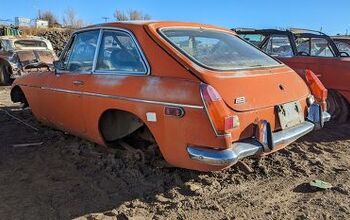
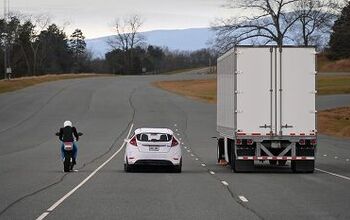

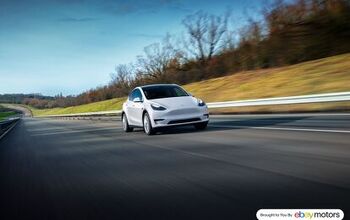

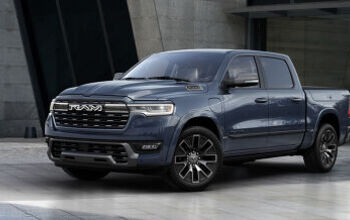

Comments
Join the conversation
We've had several Mazdas over the past few years. 1) '02 Protege5 with MT. Loved everything but the road noise and the fact that it ate the inside edge of tires. Traded it for 2) '06 Mazda5, also with MT. Just paid it off, hope to keep driving it for a while. It has the same road noise issue, but when the VVT kicks in at 3k rpm it really scoots. Still has original brake pads at 94k miles, but had to replace all struts/shocks at 80k. 3) Bought daughter used '03 Protege LX. The taller profile tires make it a different beast than the P5. Still going strong, but I've replaced each of the inner door handles at least once! One thing that would keep me from buying another Mazda is the fact that they put summer tires on everything I've looked at. I don't like putting new tires on a car with less than 30k miles on it, and that has been the case with both our new Mazdas.
I grew up with Mazdas. My parents had a 1979 GLC (323 RWD to the rest of the world), a B2000 and B2200 pickups, two 1988 626s, and they currently have a 2003 6s V6. I started with the B2200 handed down to me, followed by some time in the 626s, and then I had two 1988 RX-7s. I also had an RX-8 for close to 5 years. A big part of the appeal of Mazdas in my family is that they were usually the sporting option in their segment, especially as Hondas got softer. But it was always a matter of feel, not numbers. Mazdas usually weren't all that fast, at least in a straight line. But they were an option for economical, practical cars with a sporty side. I really came to see what I think is a big part of Mazda's problem when my wife was car shopping during Cash-for-Clunkers. She has not learned to drive stick, and once you put the slushbox in Mazdas, it sucks out the joie de vivre. As fewer and fewer people consider mainstream cars with manual transmissions, I think it puts them in a tough spot. The Miata and the rotary cars are special cases. When the Miata was introduced, there really were no small two-seat roadsters on the market. In the late 90s, a lot of two-seat roadsters were introduced but most were much more expensive. The ones that weren't (the Z3 and the MR2 Spyder, and to some extent the S2000) either moved upmarket or died. The Solstice/Sky didn't make it through the GM bankruptcy, so again, if you want a reasonably priced two-seater, your choices are basically Miata or CR-Z - and the CR-Z isn't a convertible, nor is it really sporty in any conventional sense. The rotary cars, I would argue, represent the soul of Mazda, and it's clear that those who hold the pursestrings at Mazda agree. Mazda has both the Sky-G & -D piston engines and the 16X rotary in development. For obvious reasons they have focused resources on the Sky engines but now that they are close to reaching market, more engineers have been shifted to the rotary. Changes to the basic dimensions of the engine should yield better economy despite increased displacement (to 1.6L) due to a more efficiently shaped combustion chamber. I believe Mazda will continue development on the rotary as long as it can be made to pass emissions. To me, the rotary is to Mazda what the 911 is to Porsche. Neither can be justified in any rational sense; the Cayman is a better platform for performance than the 911, and piston engines have become much smoother and more flexible than when the Wankel was new. However, both represent the soul of the brand. So far, at least, the management of both companies have decided that, despite their inherent drawbacks, that they are still worth pursuing. Here are a few things I would suggest Mazda do: - Return to a two-seat hatchback coupe layout for their rotary sports car, and revive the RX-7 name, which is both well-known and euphonious. Concentrate on light weight, but not to the extent of, say, Lotus. If they can stay under 2800 lbs, a new 16X rotary with 280-300 hp will be more than sufficient. It still will not quite keep up with a 370Z in a straight line, but the RX cars have never been the fastest in their segment (aside from the early 70s RX cars which were MUCH more powerful than their four cylinder competition). - Leverage the existing RX-8 platform by stretching it to a true four-door sedan akin to the E36 generation BMW 3-series. The 3-series has gotten quite large and expensive as it now competes in a "luxury" segment, and any smaller BMWs are likely in the future to be FWD. A true midpriced, compact RWD sedan that could sell for $25k-$35k would sell if it were marketed properly. Speaking of... This commercial has been the first time I have seen an RX-8 in a commercial since 2005. I think a lot of folks are unaware it's even still on sale. Make sure to market the cars consistently.